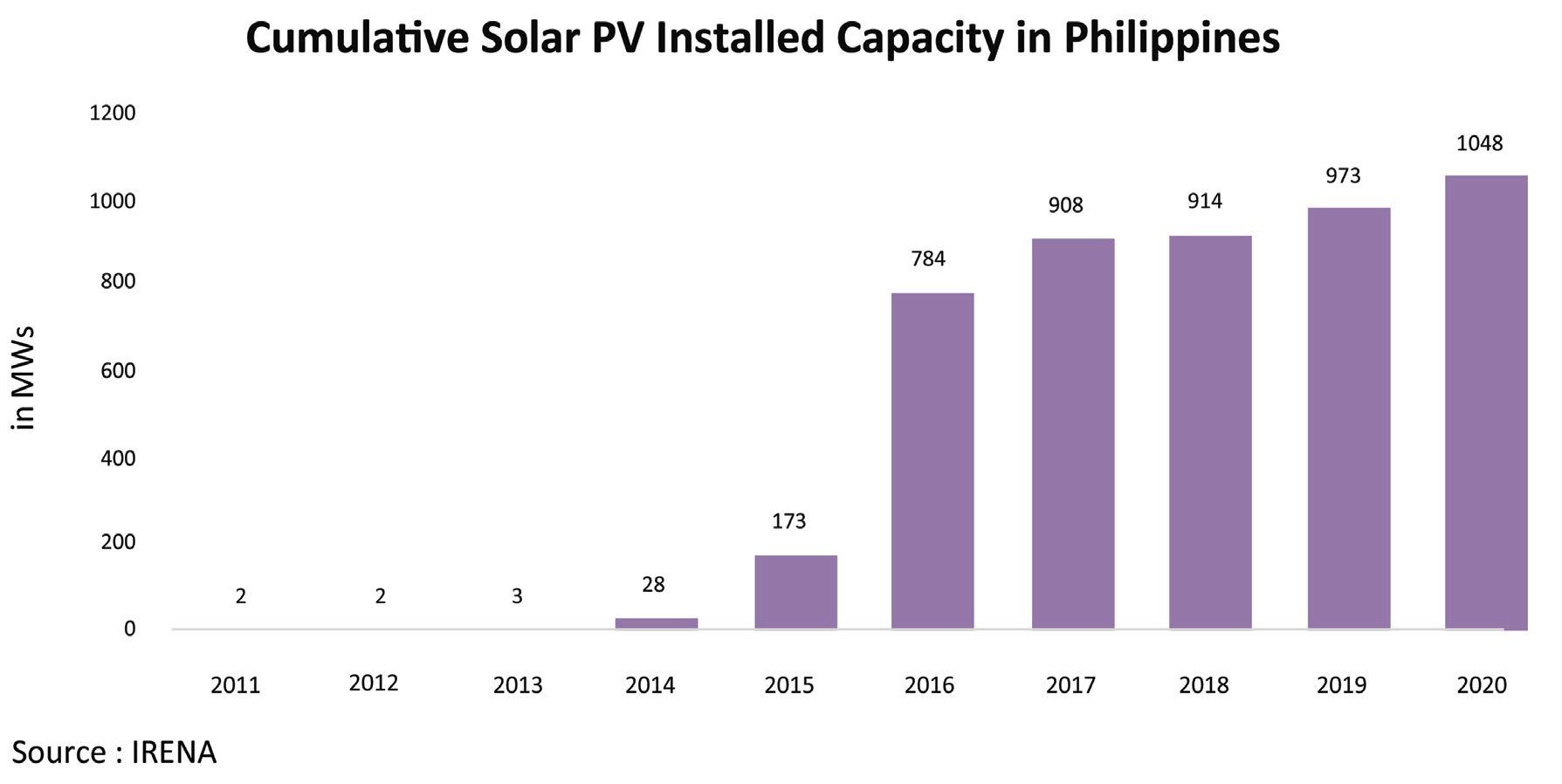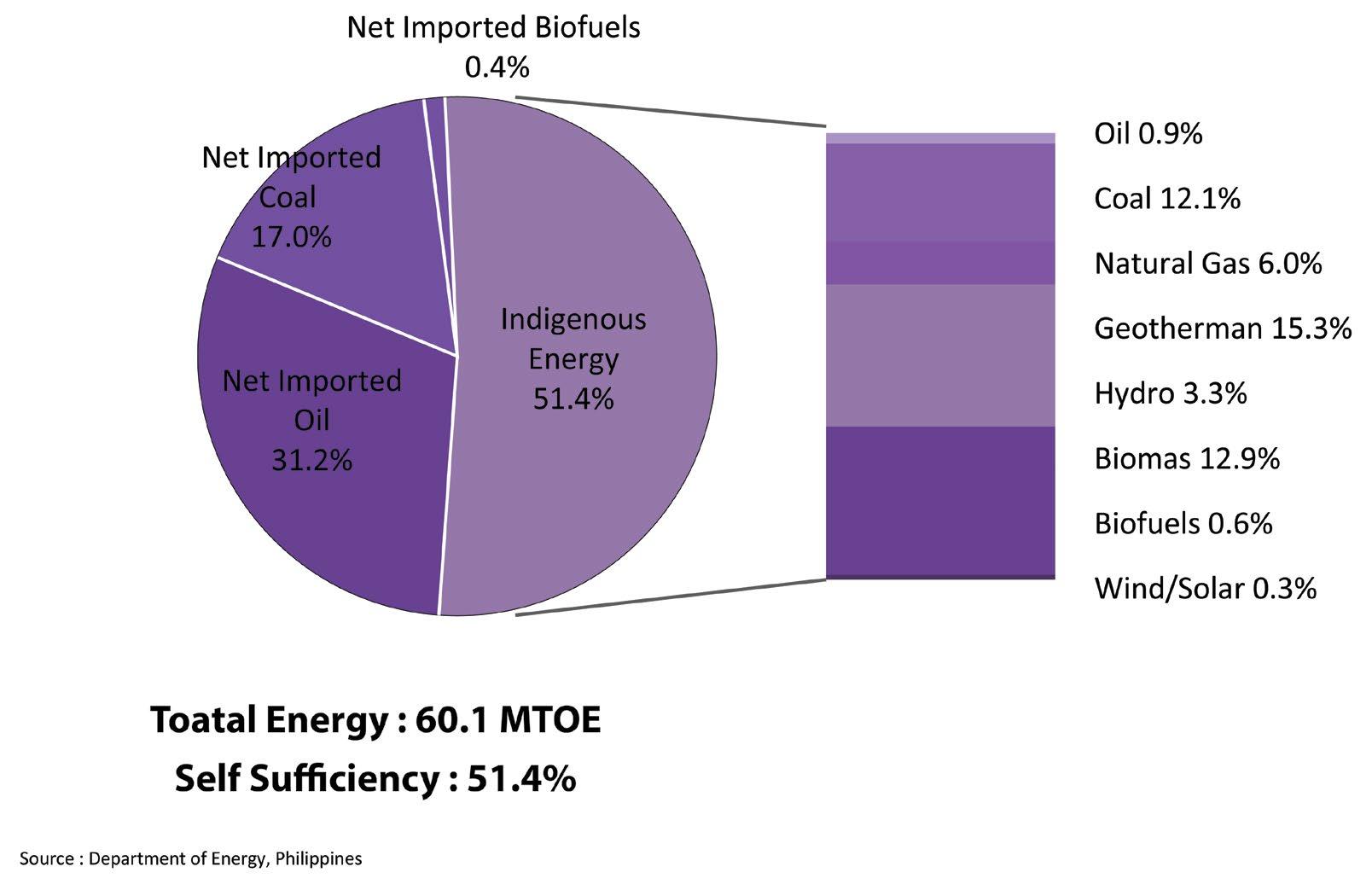
1 minute read
PHILIPPINES
PHILIPPINES
The government’s long-term vision packaged under the “AmBisyon Natin 2040” expects that by 2040, the Philippines will have a strongly rooted, comfortable, and secure life. To realize this vision, the Department of Energy responded with the formulation of the Philippine Energy Plan (PEP) 2018-2040 that embodies a clear set of objectives, such as increase the production of clean and indigenous sources of energy to meet the growing economic development of the country; Decrease the wasteful utilization of energy through the use of energy efficiency tools and strategies; and Ensure the balance between the provision of reliable and reasonably priced energy services, support for economic growth, and protection of the environment.
Advertisement
The Energy outlook 2018-2040 of Asia-Pacific Economic Cooperation’s (APEC) target to reduce the energy intensity of the country by 25% in 2030, to 45% in 2035 (2005 base year), while the ASEAN Plan of Action for Energy Cooperation (APAEC) 2016-2025 target reduction in energy intensity of 20 percent in 2020 and 30 percent by 2025 with a revised target of 32-35 percent under the APAEC Phase II 2021-2025.

EQ iSearch



EQ iSearch
The implementation of the FiT (feed-in-tariff) scheme in 2010, which offered a guaranteed fixed-rate payment on a per kilowatt-hour for electricity sales for qualified renewable energy producers has brought about the influx of RE technologies in the country. As of November 2020, a total of 1.3 GW capacity has been installed under the FiT System since its promulgation in July 2010, composed of 500 MW installation targets for Solar, 400 MW Wind, 250 MW Biomass, and 146 MW Hydro. Also, stranded capacities accounted for about 360 MW to 380 MW of Solar PV projects that had been excluded in the FiT incentive scheme and an additional 100 MW from biomass installations. For the first auction, the government will look after the plants or the capacities that were not able to make it to the FiT. “POWER MIX IN PHILIPPINES”




